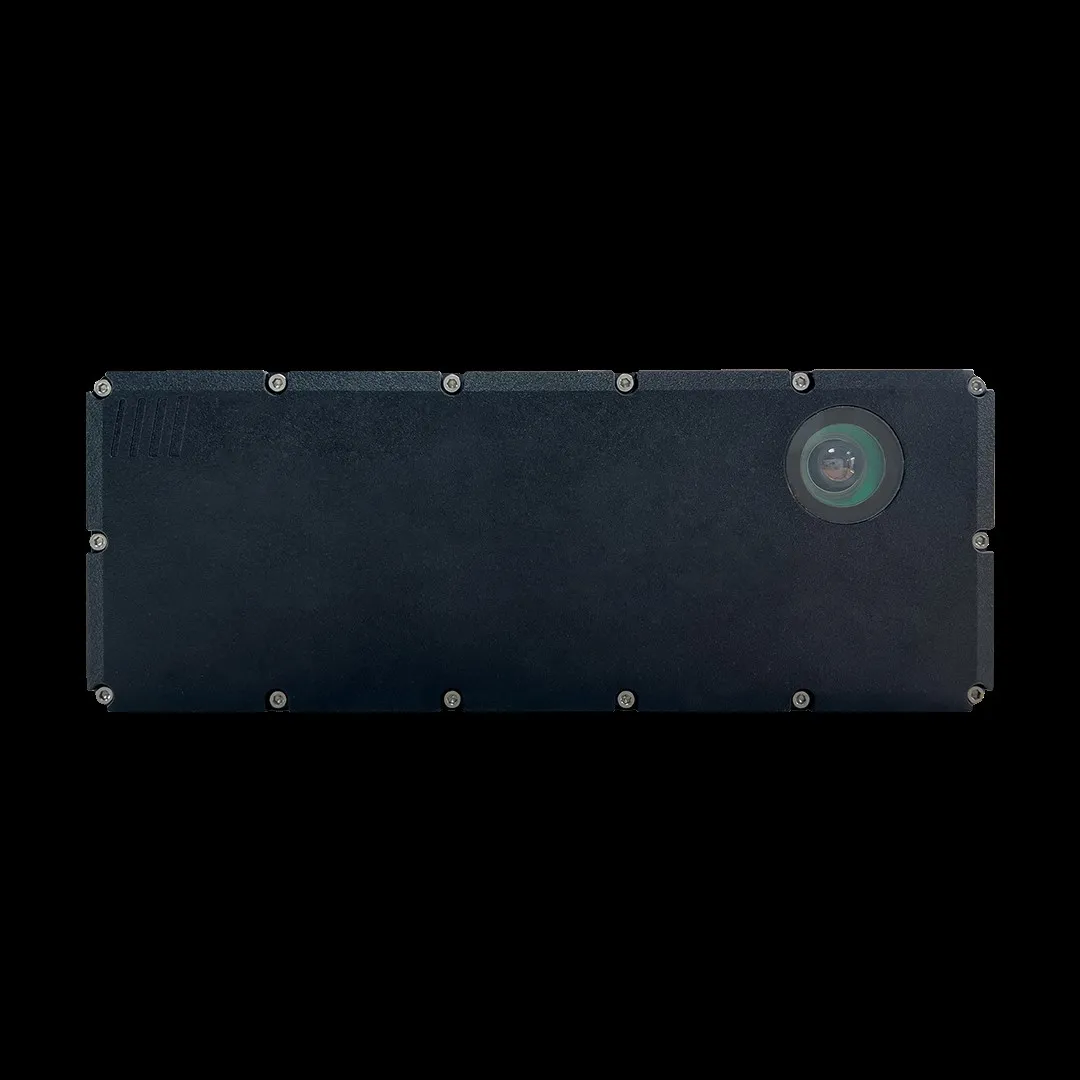As the company points out, road construction projects today make far more demands of mobile road restraint systems than just containment level and effective range. Crash barrier systems need to have a wide range of possible uses that always offer safe, practical solutions, even for unforeseen situations.
Initially, Berghaus focused on developing and using mobile crash barriers made of steel. This was followed soon after by a clever combination of steel and concrete, resulting in the first ProTec crash barrier to be successfully tested to the European standard DIN EN 13172.
Over the years, various advancements and development phases have resulted in a product line which Berghaus today refers to as the ProTec family: mobile crash barriers that have grown into a unique system solution with precise combinations and force-fit connections. The ProTec system combines outstanding containment level and effective range values with minimum impact on passengers in the event of a collision with the mobile road restraint elements.
Berghaus Protec family is now a system
For over 20 years, Germany-headquartered Peter Berghaus has been known for its mobile crash barriers for work zones. At this year’s Intertraffic Amsterdam 2018, visitors to the company’s stand will see the result of continued development with the Berghaus ProTec family that has resulted in its mobile crash barrier becoming a system.
February 22, 2018
Read time: 2 mins
For over 20 years, Germany-headquartered 102 Peter Berghaus has been known for its mobile crash barriers for work zones. At this year’s Intertraffic Amsterdam 2018, visitors to the company’s stand will see the result of continued development with the Berghaus ProTec family that has resulted in its mobile crash barrier becoming a system.










